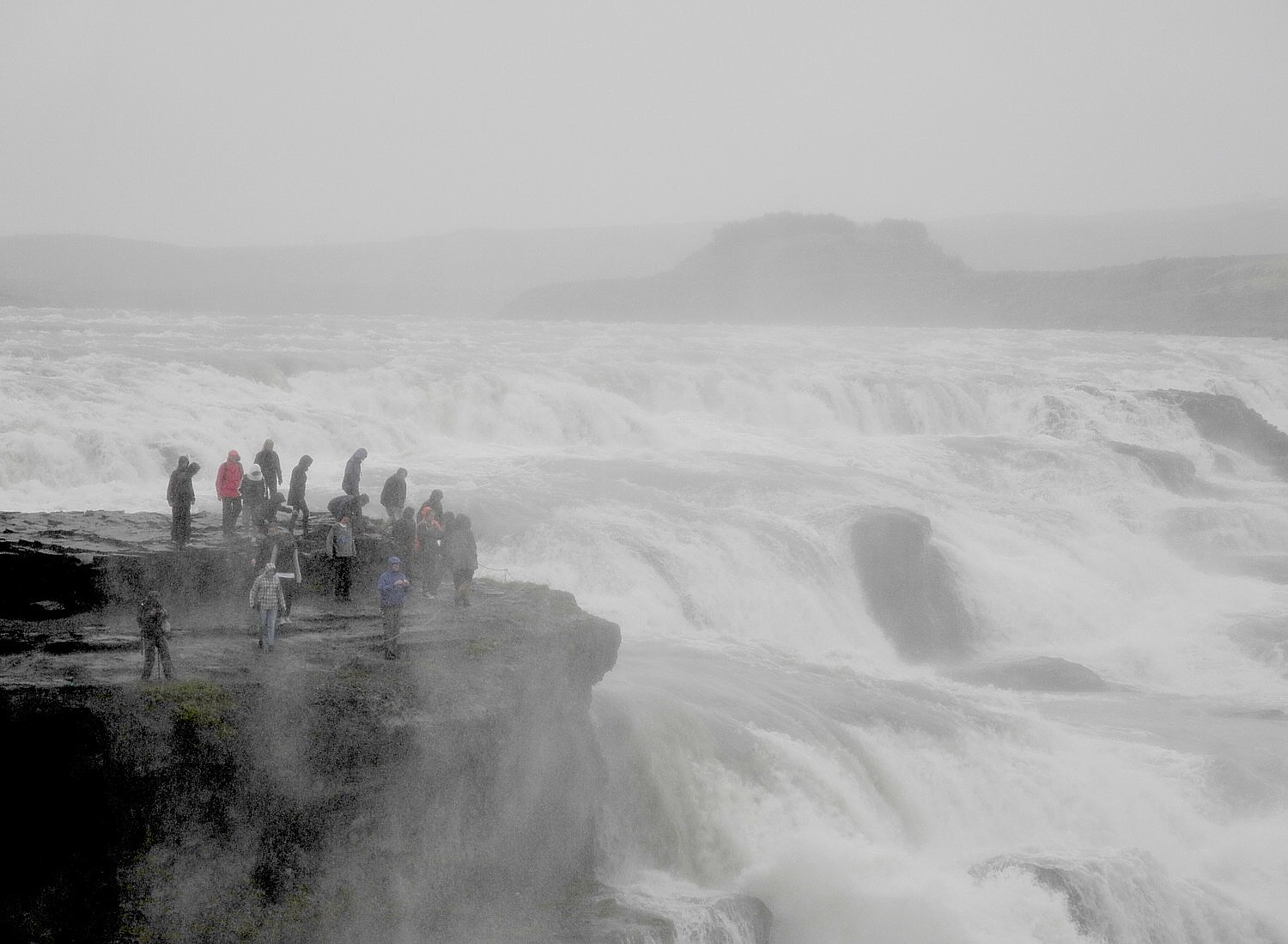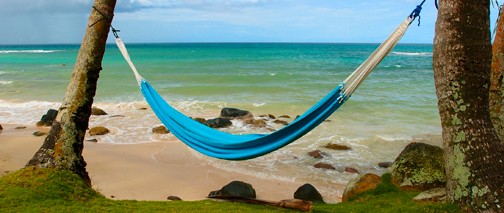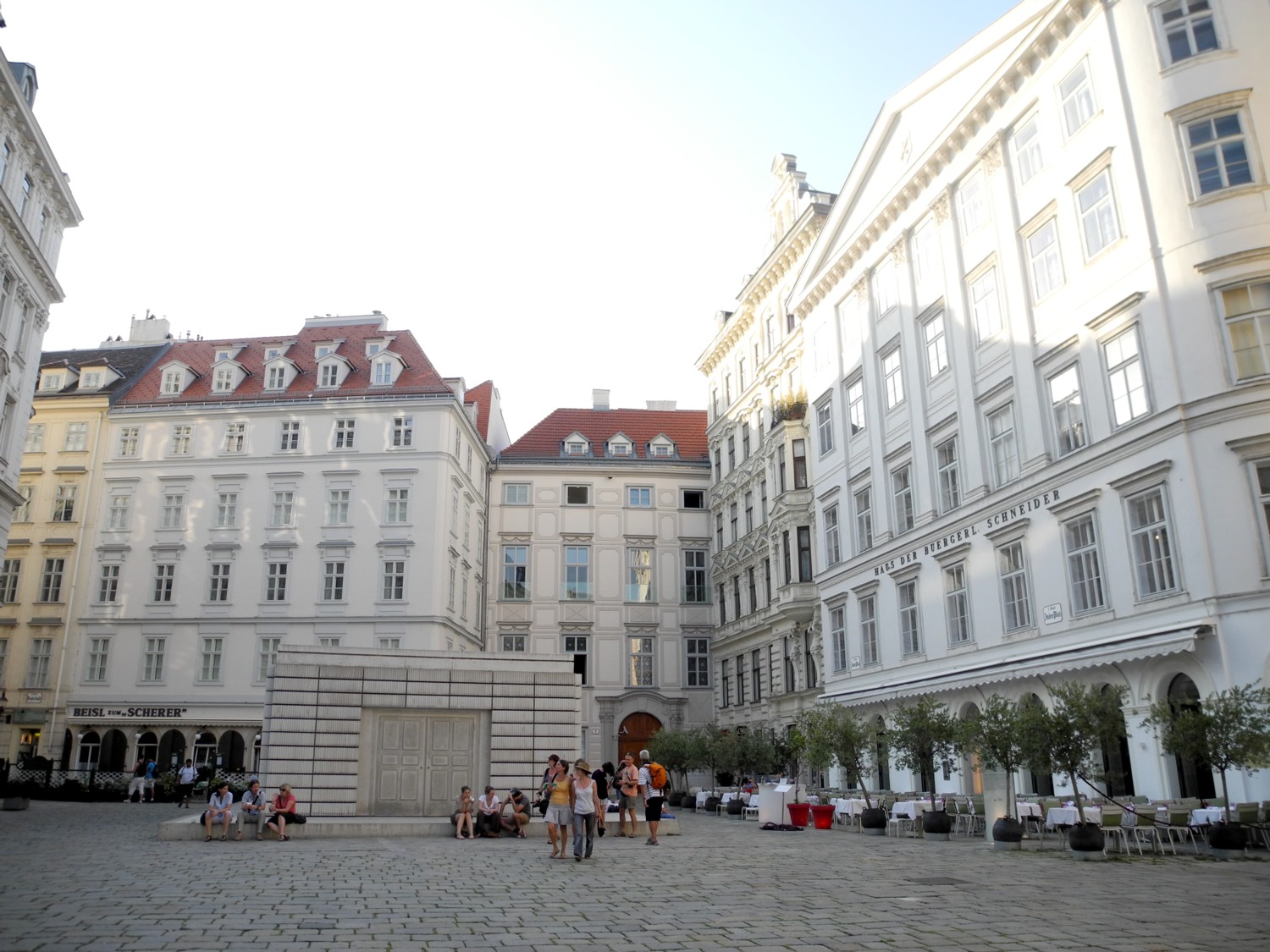Ruth Behar, Professor of Anthropology at the University of Michigan is leading a tour, March 1-5, 2017, focused on the first public Celebration of Jewish Culture in Cuba, a landmark event bringing together art, theater, music, dance, and literature. The trip will highlight all the ways that Jewish Cuban heritage is alive and vibrant and open to the world.
“The story of the Jews in Cuba is like no other Jewish story. Jews arrived on the island at the beginning of the 20th century, mostly from Turkey and Poland, and brought with them the strong Sephardic and Yiddish cultural traditions,” she says. “These Jewish immigrants couldn’t help but succumb to the stunning vitality of Cuban culture and so they created a unique fusion of Jewish and Cuban culture. In recent years, a Jewish cultural rebirth has taken place in Cuba that has received a boost thanks to the many bridges being extended between Cuba and the United States. With the outpouring of enthusiasm for Jewish Cuban culture, this is an ideal moment to go and celebrate how Cuba became a refuge and a home for the Jewish people.
“Learn about the culture of Cuba, meet the Cuban people, interact with members of the Jewish community, and get to know the Jewish Cuban heritage and the vibrant ways in which that heritage is being interpreted by a new generation. You will experience the eclectic architecture of Havana and learn about the Jewish presence in the city, dine at the most charming home restaurants, and enjoy musical concerts of Klezmer, Sephardic, jazz and Jewish-Cuban fusion music.”
Highlights include:
Greeting from Adela Dworin, president of the Jewish Community of Cuba and David Prinstein, vice-president of the Jewish Community of Cuba, Patronato Synagogue. Known as the Patronato, Cuba’s major Jewish community center was designed by famed architect Aquiles Capablanca and founded in 1953. It maintains its beautiful facade with the symbols of the twelve tribes of Israel and a modernist arch rising to the heavens. In recent years, the Patronato has become a crossroads for Jews from all over the world.
The group will meet with Adela Dworin, president of the Jewish community of Cuba, and David Prinstein, vice president of the Jewish community of Cuba, who will provide a welcome for the first public Celebration of Jewish Culture in Cuba, followed by a performance of Jewish and Cuban dancing as well as a musical concert of Sephardic music and dance at the Patronato Synagogue, and a dessert buffet from Ashkenazi and Sephardic traditions in Cuba.
Havana in a Grand Manner at the Cafe Jazz Miramar: A Jewish-Cuban Jazz concert with Ernan Lopez Nussa and invited friends who will play an exciting mix of Jewish and Cuban jazz standards at a new club with a superb sound system and a relaxed atmosphere that has become a hot spot of Havana’s jazz scene.
Walking Tour of La Habana Vieja and its four plazas with a special focus on the old Jewish neighborhood, featuring visits to the Adath Israel Synogogue and at the kosher butcher shop, ending at the Callejon de los Peluqueros and meet Papito, a hair stylist and cultural activist who has spurred the revitalization of the area.
Presentation by Ayleen Robaina, a specialist in architectural preservation who works with the Office of the Historian of the City of Havana, Palacio del Segundo Cabo, who will speak about the intersection of Jewish history and architecture in La Habana Vieja. This event will take place at the recently restored Palacio del Segundo Cabo, originally the Royal Post Office of the Spanish Crown dating from 1772.
Poetry and Handmade Books at Espacio Altamira: Cuban-American poet Richard Blanco will perform a special poem written in honor of the Celebration of Jewish Culture, to be followed by a presentation of handmade books also specially prepared for the occasion by book artist Rolando Estévez and his independent imprint El Fortín. This event will take place at the Espacio Altamira, a gallery conceived by artists Yamilé Pardo Menéndez and Edel Bordón Mirabal.
Concert of Jewish-Cuban Musical Fusion at Fabrica de Arte Cubano: Sephardic music with Harmonic Motion’s Myriam Eli and Joe Zeytoonian, and Klezmer music with Frank London and other musicians.
These events will take place at the Fabrica de Arte Cubano (FAC), a thriving arts space housed in a defunct cooking oil factory that includes art galleries, a dance space, a cinema, and several independent bars and small eateries. Founded by X Alfonso, a respected musician from a musical family, this is one of the most exciting large-scale art collectives in Cuba.
Poems, Testimonies, and Stories of Jewish Heritage, with Cuban writers and members of the Jewish Cuban community & La Camerata Romeu: This literary presentation and performance will be followed by a chamber music concert by the world renowned Camerata Romeu of classical Jewish and Cuban music. The events will take place in La Habana Vieja at the Convento de San Francisco, a former basilica and monastery built at the end of the sixteenth century, now an art space and concert hall.
A performance of Hatuey, a theatrical opera based on the work of Yiddish-Cuban writer, Usher Penn, produced by Michael Posnick (theater scholar) with Frank London (composer) and Elise Thoron (libretist) with the collaboration of Cuban actors, musicians, singers, and dancers from La Opera de La Calle. The group will attend the gala opening of the production and then stay afterwards for an after-party with the creators, cast, and musicians.
On Saturday morning, guests have the option to attend Shabbat Services with the Jewish community at any of the three Havana synagogues (Patronato Synagogue or Centro Hebreo Sefaradi or Adath Israel) or take a guided city tour of Modern Havana.
Afternoon visit to the workshop on Sephardic music and dance with Myriam Eli and Joe Zeytoonian and on Klezmer music with Frank London and Klezmatics, Centro Hebreo Sefaradi, Calle 17, corner of Calle E.
Farewell dinner and special concert with Amadito Valdes, one of the remaining original musicians from the Buena Vista Social Club, and his band at Club Habana.
The five day/four night long tour program, taking place March 1 -5, 2017, includes transfers, Cuba visa, local transportation, guides, four nights accommodations, two lunches, four dinners, three museum visits, all concerts and events in the itinerary ($3795 with accommodations at Hotel Melia Cohiba; $3670 with accommodations at Hotel Capri; single supplement $750).
Ruth Behar, the event organizer, is a Cuban-born cultural anthropologist and writer who brings an intimate knowledge of the Jewish community and the world of Cuban arts and letters through more than twenty-five years of return visits and engagement with her compatriots. Ruth is the editor of the pioneering anthology, Bridges to Cuba, author of An Island Called Home and Traveling Heavy, and director of the film, Adio Kerida, about the Sephardic presence in Cuba. Her novel, Lucky Broken Girl, about her Cuban-Jewish immigrant childhood in New York, is forthcoming with Penguin Random House. Ruth has formed close ties with the Jewish community of Cuba and is proud to be working with the community to create the first international Celebration of Jewish Culture in Cuba.
For further information contact Ruth Behar at: [email protected]; link to the event http://cubatoursandtravel.com/events/celebrate-jewish-culture-in-cuba/
Cuba Tours and Travel is a full-service Miami-based travel agency with 15 years of experience offering expert-driven cultural travel to Cuba. The tour company is licensed by the US and Cuba and are fully insured. “Most importantly, we have an abiding love for Cuban art and culture and have strong connections to the cultural institutions on the island.
For more information contact [email protected] or call 888 225-6439 Ext. 804.
For more travel features, visit:
goingplacesfarandnear.com
goingplacesnearandfar.wordpress.com
moralcompasstravel.info
travelwritersmagazine.com/TravelFeaturesSyndicate/
goingplacesfarandnear.tumblr.com/
instagram.com/krubin0830/
‘Like’ us on facebook.com/NewsPhotoFeatures
Twitter: @TravelFeatures
Like this:
Like Loading...








